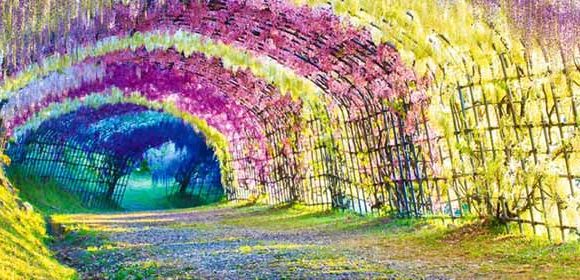Tarot cards have always held a fascination for most people. They were first introduced into society in the 1440’s and 1450’s where the earliest references fall within the northern cities of Venice, Milan, Florence, and Urbino. Initially used as a game, but because of the complicated nature of the game by that point, it is likely that it had begun evolving earlier in the century.
According to Wikipaedia : The tarot (/ˈtæroʊ/, first known as trionfi and later as tarocchi or tarocks) is a pack of playing cards, used from at least the mid-15th century in various parts of Europe to play card games such as Tarocchini. From their Italian roots, tarot playing cards spread to most of Europe evolving into a family of games that includes German Grosstarok and modern games such as French Tarot and Austrian Königrufen. In the late 18th century, French occultists made elaborate, but unsubstantiated, claims about their history and meaning, leading to the emergence of custom decks for use in divination via tarot card reading and cartomancy. Thus there are two distinct types of tarot pack: those used for card games and those used for divination. However, some older patterns, such as the Tarot de Marseille, originally intended for playing card games, are occasionally used for cartomancy.
The oldest surviving set, known as the Visconti-Sforza deck, was thought to be inspired by the costumed figures who participated in carnival parades. Interestingly, the same carnival is mentioned in Edgar Allen Poe’s infamous short story, “The Cask of Amontillado.”
Tarocchi (the game) became tarot in southern France, which is how it got its name. Although the cards have always carried fanciful, richly connotative imageries — Death, the Hanged Man, the Tower, just to name a few — they did not carry occult meanings until the 18th century.
There are two main types of cards in a classic deck: The Major Arcana and Minor Arcana. Major Arcana cards are also known as Trump cards. Beginning with “The Fool” at zero, and ending on “The World” at 21, the Major Arcana represent the Fool’s Journey as he learns lessons along his path. When pulled during a tarot reading, they represent an overarching theme and nudge us to think about the bigger picture, explains astrologist and tarotist Bess Matassa.
There are 56 Minor Arcana cards and they’re split into four suits: wands, cups, swords, and pentacles. Within these four, there are court cards (King, Queen, Knight, and Page), which can be interpreted as people and personalities, but they can also represent “parts of ourselves that we’re being asked to reclaim,” says Matassa.
While the Major Arcana represents broader themes, the Minor Arcana deal with more of your day-to-day circumstances. That’s not to say they’re less important! If the Major Arcana is the season, the Minor Arcana is the weather.
Essentially tarot card readings are very personal and each card is open to its own unique interpretation. The reader is always guided by their spirit guides as to the interpretation, so whilst the cards hold the key to the answer that you’re looking for, the guides will present them in a way that is relevant to the sitter, which is what makes it so personal and also why they can be so accurate.








